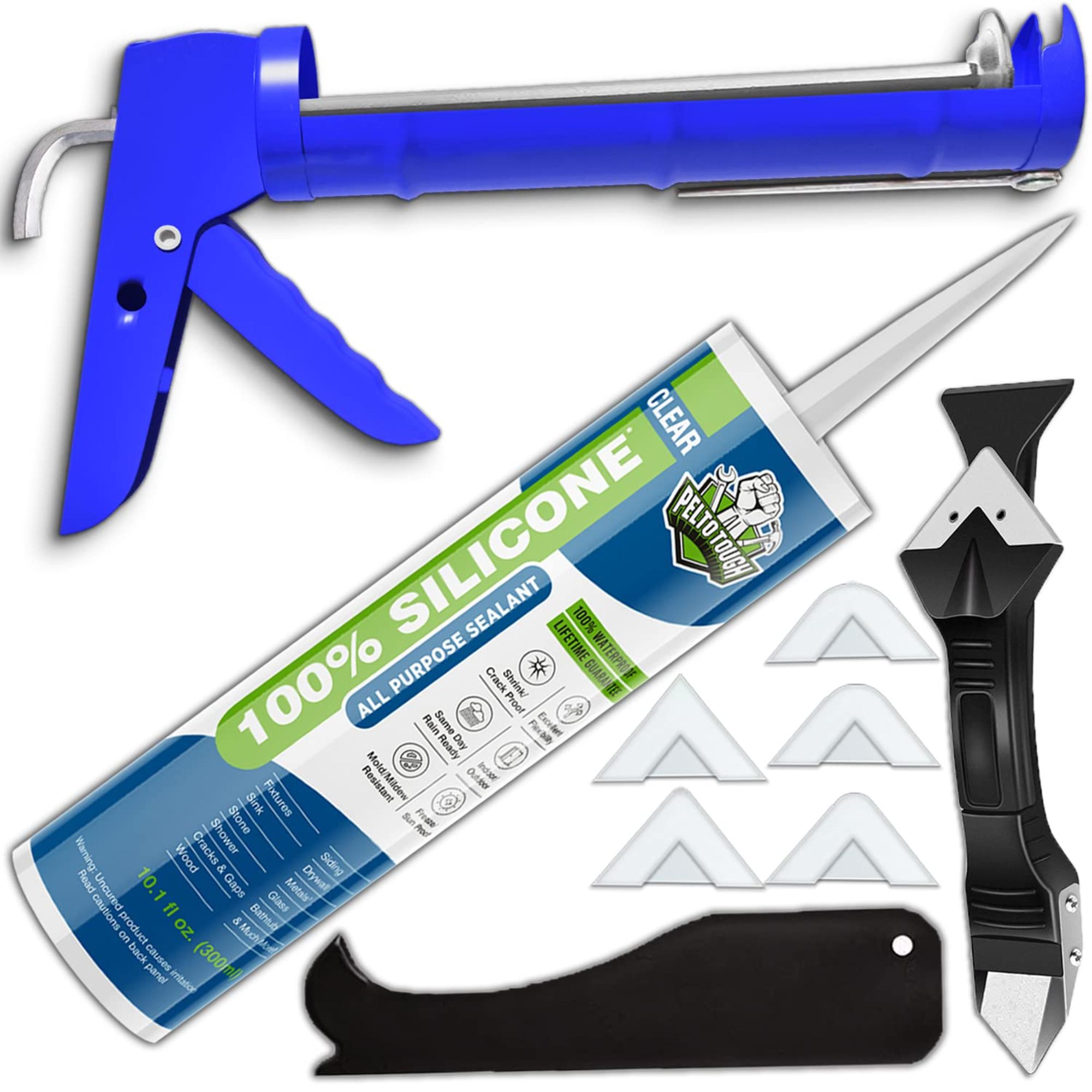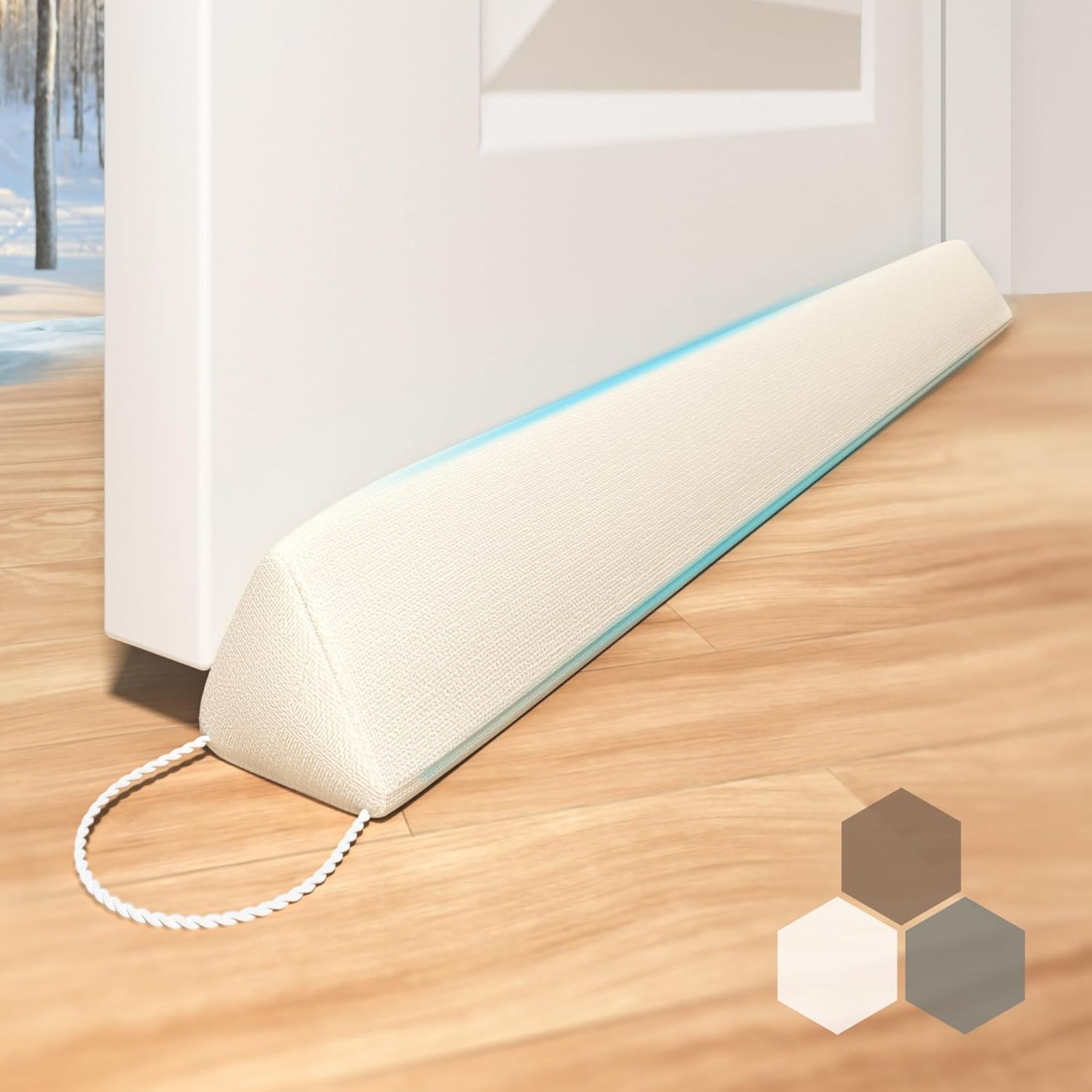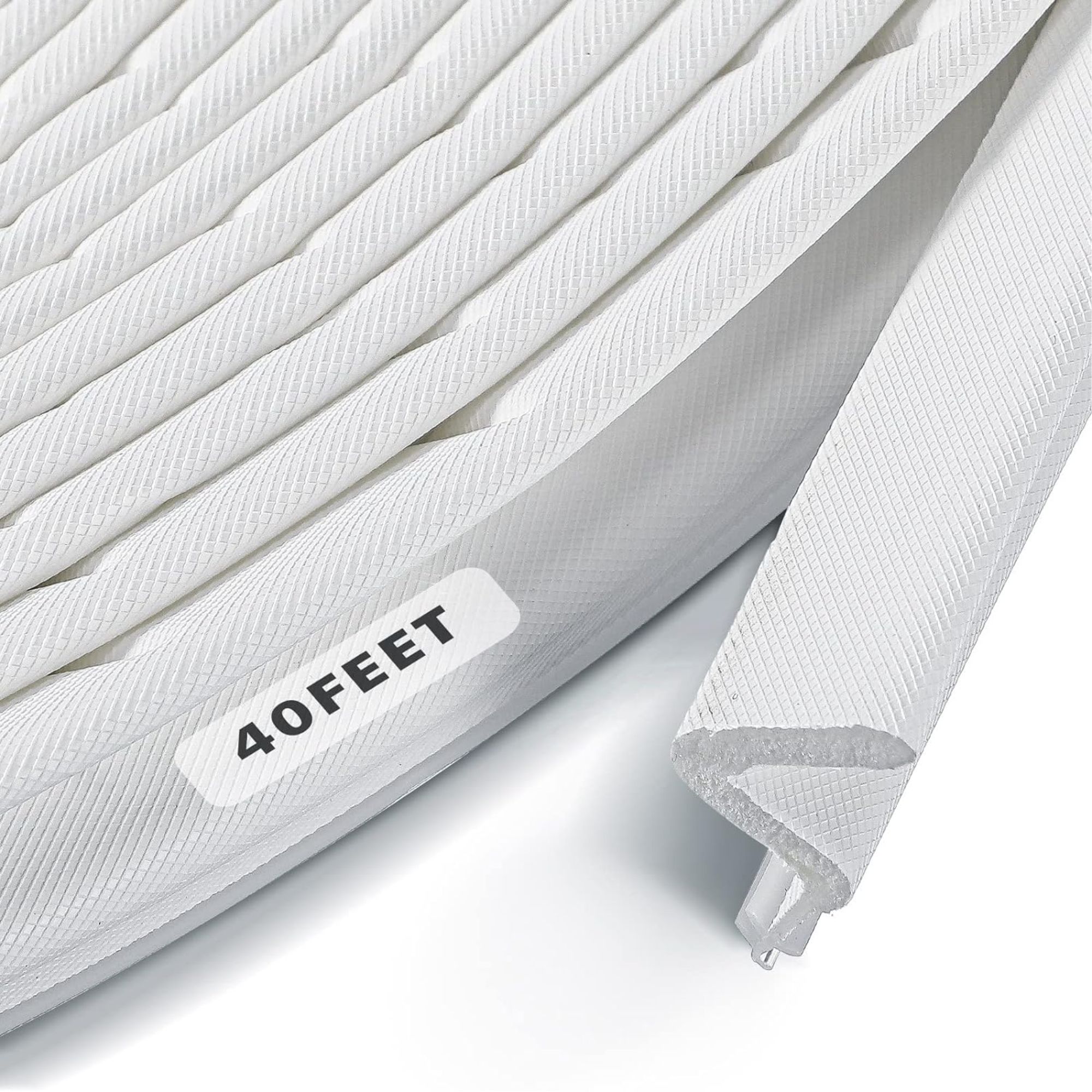How to keep your mudroom warm – 5 expert-recommended tips
Don't settle for an uncomfortable mudroom temperature – these simple ideas can create a warmer space
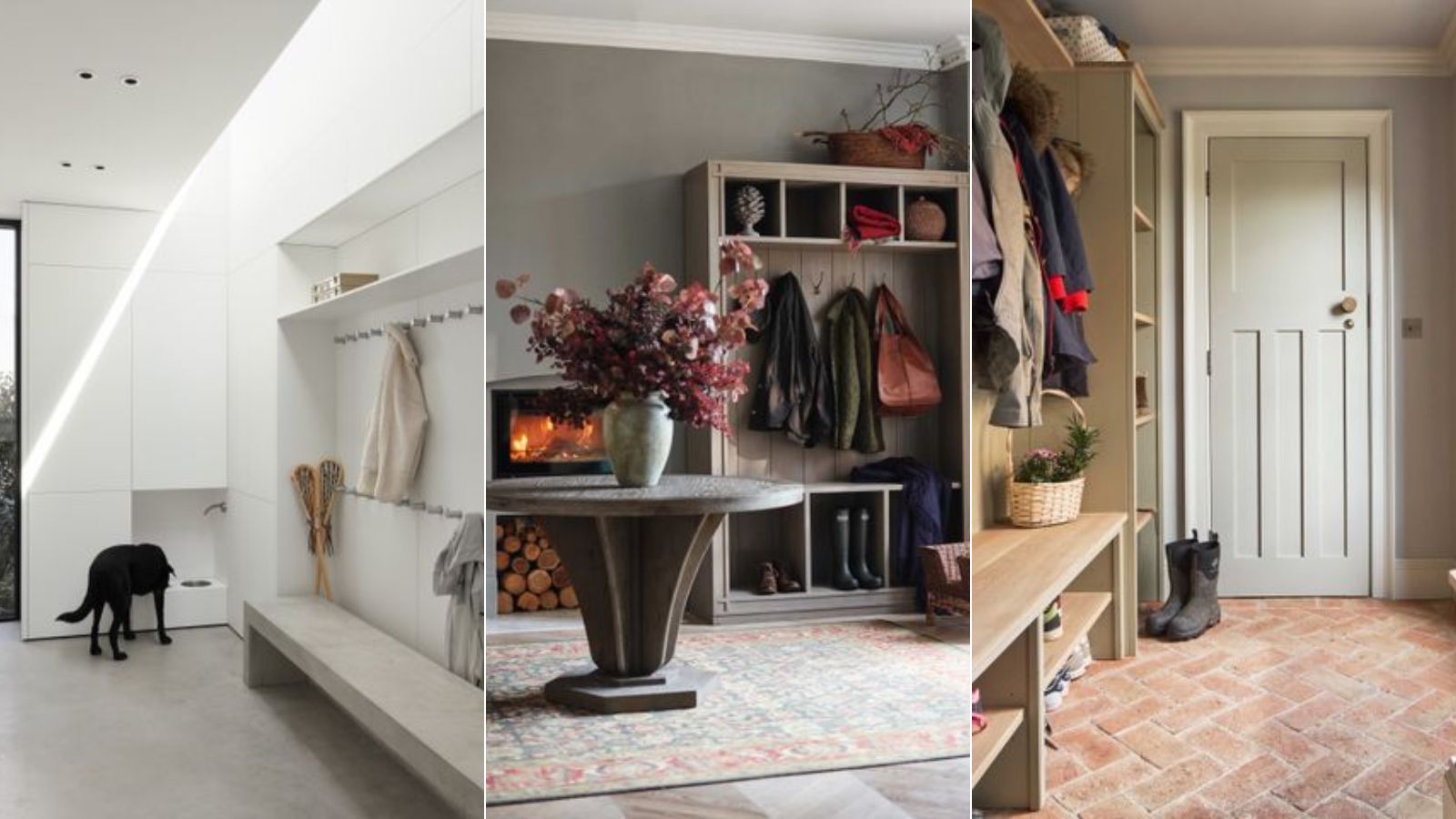

Mudrooms, especially during winter, can often feel cold and uninviting, however, there are a few ways to make this space significantly warmer and more enjoyable to use. The key is to balance function with energy efficiency.
Keeping your mudroom warm is essential for creating a comfortable and welcoming entryway, which can be achieved through a combination of insulation, heating, and smart design.
Implementing these five measures recommended by experts can significantly increase the warmth of your mudroom, ensuring your whole home can maintain a stable and controlled temperature.
How to keep your mudroom warm
Keeping your home warm during winter involves a combination of practical solutions that will not only retain and add heat, but also keep the cold out. These practical tips are ideal for creating a cozy entrance to your home.
1. Ensure adequate insulation
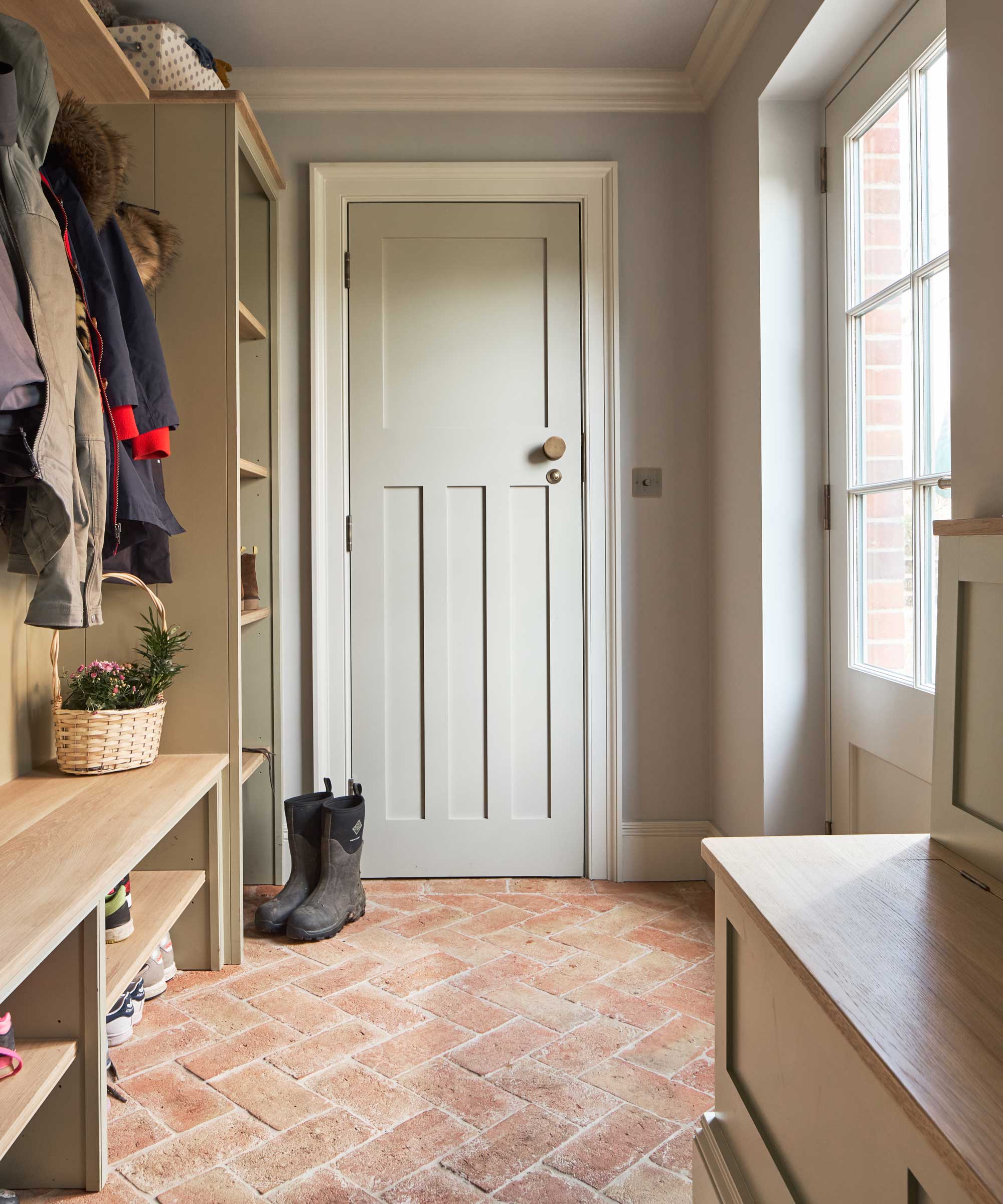
'First of all, you need to make sure that your mudroom is well insulated. After all, no matter how good your heating system is, heat will leave your mudroom, making it difficult to achieve a comfortable temperature,' says Danny Pen, president of New Era Plumbing and HVAC.
'To assess the insulation in your mudroom, carefully feel around windows, doors, and any other openings for drafts on a windy day. You can use a thin piece of tissue or a candle flame to detect air movement. If the tissue moves or the candle flame flickers when held near closed windows or doors, this indicates air leaks.
'If there are any drafts or leaks around windows or doors, seal them with weather stripping or caulking.' You can also use door sweeps or draft blockers to fix drafty doors.
'Prioritize high-quality weatherstripping materials like V-strip or adhesive-backed foam, ensuring a tight seal,' recommends Karina Newman, home expert and
owner of iBuyers. 'Consider upgrading to reinforced weatherstripping for doors with heavy usage.
'Regularly check and replace weatherstripping to maintain its effectiveness over time.
'Select adjustable door thresholds made from durable materials like aluminum or reinforced rubber. Ensure a precise fit to eliminate any gaps.
'Periodically inspect and lubricate moving parts to prevent wear and tear.'
'Finally, if you have pets, you should also make sure your pet doors are well-insulated,' adds Danny Pen. 'Look for pet doors with a double or triple flap system that seals tightly when not in use. Some models are even electronically controlled and only open when your pet wants to use it, providing an extra layer of insulation.' You can find this HARDLIGHT pet door at Amazon.
Keeping the cold air out plays a crucial role in reducing energy bills. This step is essential for maintaining a consistent temperature in your mudroom, making it a more comfortable space as soon as you step inside.
2. Consider localized heating solutions

A practical solution for a mudroom is an energy efficient portable space heater, such as a small, wall-mounted heater, a baseboard heater or a heated floor mat. These can be used selectively, providing warmth when needed without heating the entire house.
'Choose a space heater with advanced features such as programmable thermostats, multiple heat settings, and safety features like tip-over switches,' recommends Karina Newman.
'Position the heater strategically to create an even distribution of warmth, taking into account airflow patterns in the room.'
'If your mudroom is large, consider adding a couple more space heaters to increase energy efficiency, as one space heater in a large room might need to work too hard and consume more energy,' explains Danny Pen.
Remember, space heaters should never be left unattended for extended periods and should be regularly cleaned and inspected for optimal performance.
3. Add interior elements for warmth
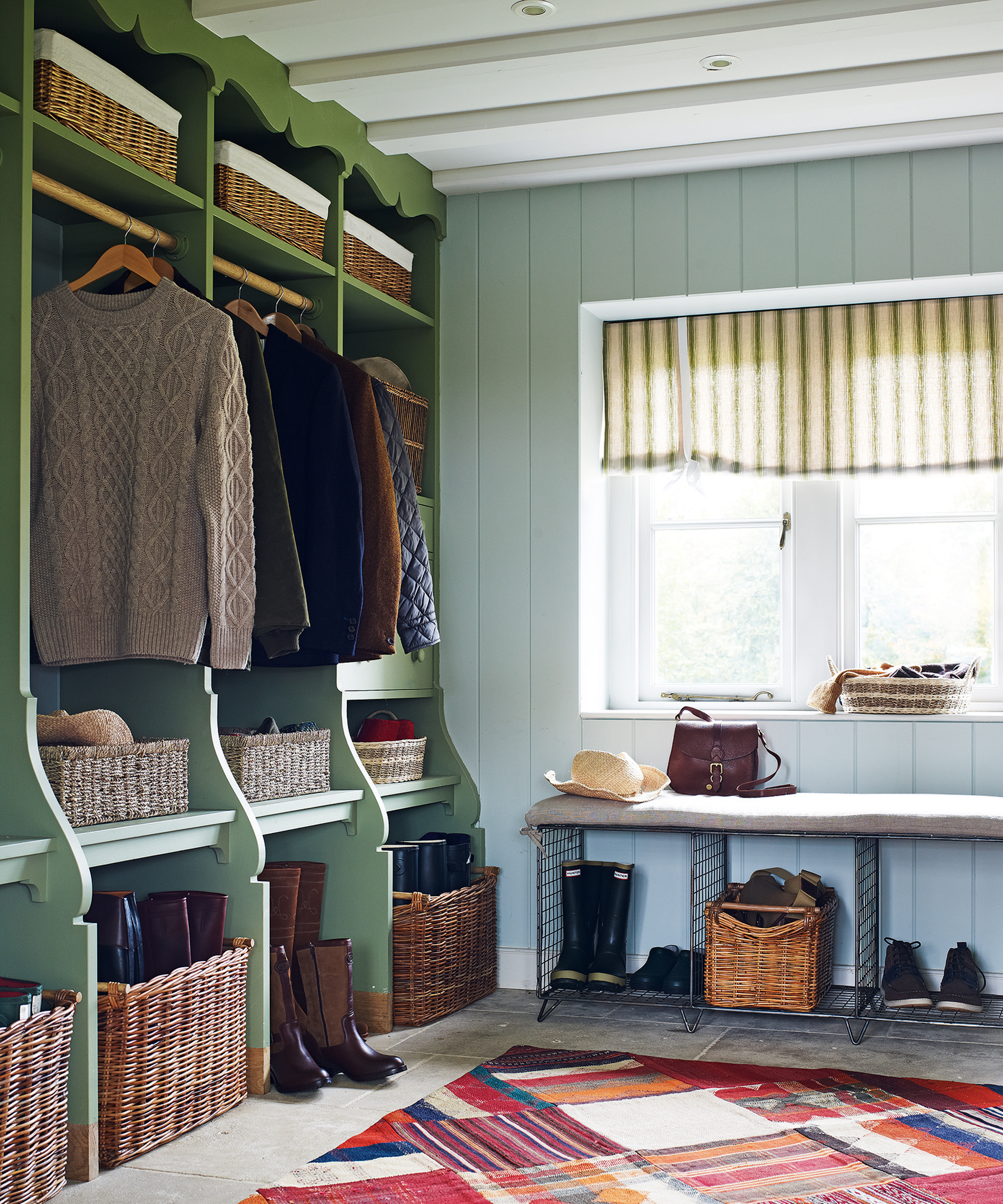
When it comes to warming up your mudroom, strategic design choices can be one of the most effective types of insulation that can make this space both look and feel warmer.
Adding a rug or carpet can provide extra insulation on the floor, particularly important if your mudroom has tile or concrete or tile floors which can get quite cold or wooden floors with cracks in them to prevent heat escaping through the floors.
'Select rugs or carpets with a balance of aesthetics and functionality,' advises Karina Newman. 'Look for rugs made from durable and stain-resistant materials suitable for heavy foot traffic. You could also consider custom-sized rugs to maximize coverage, and invest in high-quality padding for added insulation and comfort.
'To prevent heat loss through windows, utilize high-quality, insulating curtains or blinds that complement the aesthetic of the mudroom. Consider custom-made options for a perfect fit.'
You can also incorporate mudroom storage solutions to the walls, such as cubbies or cabinets, which can act as insulators as well as storage.
4. Ensure adequate ventilation
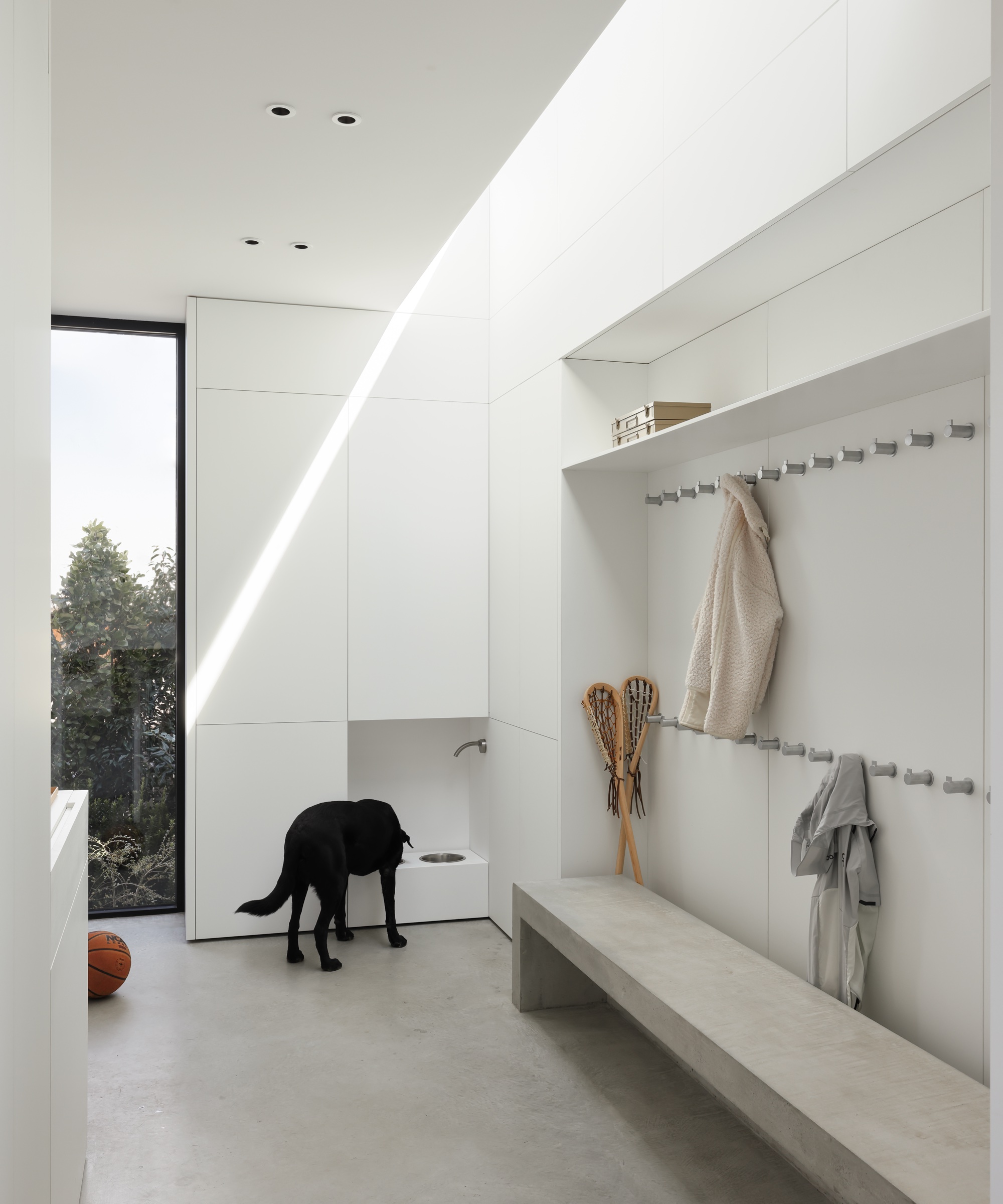
Ensure your mudroom is properly ventilated to prevent moisture buildup since excessive moisture can make the space feel colder.
You can use exhaust fans or crack open a window periodically.
If the mudroom shares a wall with the house, installing a vent will allow warm air from the main heating system to the mudroom.
'If your mudroom is connected to your central heating system, ensure that the heating vents or radiators are not blocked and are functioning properly,' advises Danny Pen. Adjusting the dampers can often help to redirect more warm air into the mudroom.
5. Perform regular maintenance
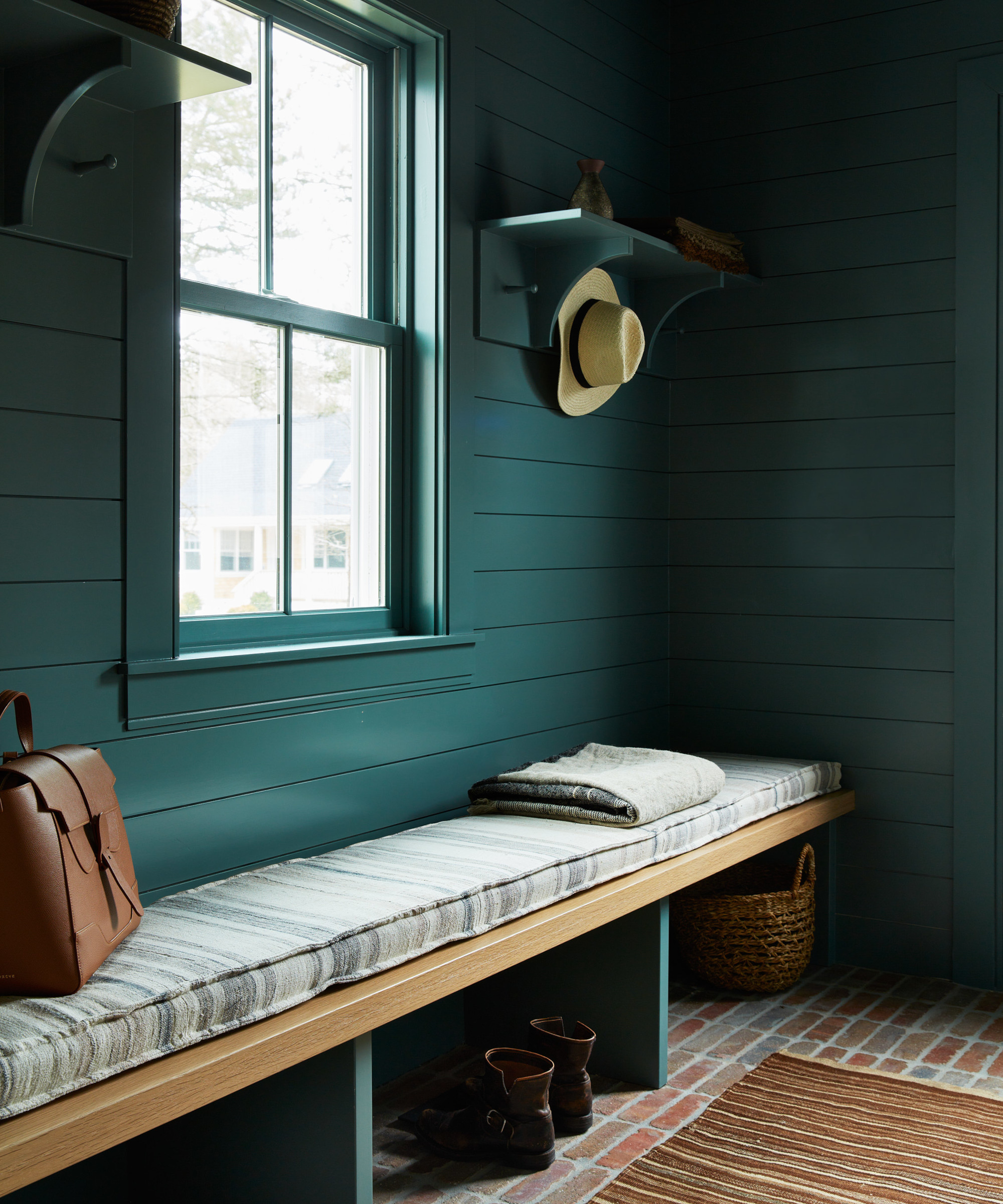
'Establish a comprehensive maintenance schedule for your heating system, including regular inspections, cleaning, and any necessary repairs,' recommends Karina Newman. 'Conduct seasonal checks on insulation integrity and address any issues promptly.
'Maintain a gardening routine around the mudroom to prevent overgrown vegetation that may affect insulation and airflow.'
This not only ensures efficiency of your heating systems, but also helps in evenly distributing heat throughout your home, including in the mudroom.
FAQs
What are the benefits of installing underfloor heating in a mudroom?
'Underfloor heating is a good solution to keep the mudroom warm – this type of heating can be sufficient and does not require the use of space heaters,' says Justin Cornforth, owner of Ace Plumbing, Electric, Heating & Air.
'Underfloor heating provides a more even distribution of heat compared to traditional heating systems, which can improve your home’s energy efficiency and lower heating costs.
'Another advantage of investing in underfloor heating is its ability to quickly dry wet shoes in rainy or snowy weather. It will also contribute to the rapid evaporation of small puddles on the hallway floor, which can form in wet weather, helping to keep the area tidy and maintain a comfortable humidity level in this room.'
What is a more affordable alternative to underfloor heating?
The use of heated rugs can be a more affordable alternative to underfloor heating. 'Unlike traditional carpets and rugs, they have a layer with thin, heat-resistant wires,' explains Justin Cornforth, the owner of Ace Plumbing, Electric, Heating & Air.
'At first glance, this is a traditional rug, but besides improving the insulation of your mudroom by preventing heat loss through the floors. They work by using electricity to generate heat, which is then radiated upwards into the room.
'While they are not used as the sole heating source, they can be a great supplement for your heating system, reducing its load and helping you reduce heating costs.'
How do you make your mudroom look warmer?
Apply the concept of color psychology – the perception of warmth can be enhanced through the use of warm colors and textures. For example, use warm-toned paints, wood finishes, and textiles into your mudroom’s decor to make it seem warmer.
To maximize heat and energy efficiency, consider adding reflector foil behind a radiator. 'This is a practical method to enhance the efficiency of your heating system and maintain warmth in a mudroom,' says Danny Pen.
'Radiator reflector foil is designed to reflect heat back into the room, rather than allowing it to be absorbed by the walls, especially if they are external walls.' We recommend this aluminum foil insulation, from Amazon.
If your mudroom is connected to your home's central heating system, installing a smart thermostat can help regulate the temperature efficiently. You can program it to warm the mudroom for the specific times of day you know you will be using it.
Next, learn our experts' golden rules for a clutter-free mudroom.
Sign up to the Homes & Gardens newsletter
Design expertise in your inbox – from inspiring decorating ideas and beautiful celebrity homes to practical gardening advice and shopping round-ups.

Lola Houlton is a news writer for Homes & Gardens. She has been writing content for Future PLC for the past six years, in particular Homes & Gardens, Real Homes and GardeningEtc. She writes on a broad range of subjects, including practical household advice, recipe articles, and product reviews, working closely with experts in their fields to cover everything from heating to home organization through to house plants. Lola is a graduate, who completed her degree in Psychology at the University of Sussex. She has also spent some time working at the BBC.
-
 ‘It leads to more headaches than it's worth’ – 4 reasons you should never store things in your oven, including fire risks and serious illness
‘It leads to more headaches than it's worth’ – 4 reasons you should never store things in your oven, including fire risks and serious illnessYour oven is for cooking, and cooking only, experts urge
By Chiana Dickson
-
 Urban gardening ideas – 7 creative ways to grow in small spaces, balconies, containers, indoors, and more
Urban gardening ideas – 7 creative ways to grow in small spaces, balconies, containers, indoors, and moreMake the most of your space with these innovative ways to garden
By Tenielle Jordison
